#dcd
Explore tagged Tumblr posts
Text


Fall Out Boy live review in Kerrang issue 1146
#dcd#dcd scans#decaydance#fbr#fueled by ramen#magazine#fall out boy#fob#live review#Kerrang#Kerrang issue 1146#2007
44 notes
·
View notes
Text


six freaks and weirdos
214 notes
·
View notes
Text
Neurodivergent Passport
A wee update with some exciting news about My Neurodivergent Passport: a tool to communicate your needs, strengths, and sensory/communication profiles.
Following some feedback the passport has been updated.
You can now get a printed version of My Neurodivergent Passport! You can buy it here!
You can also get it as a free PDF on my blog.

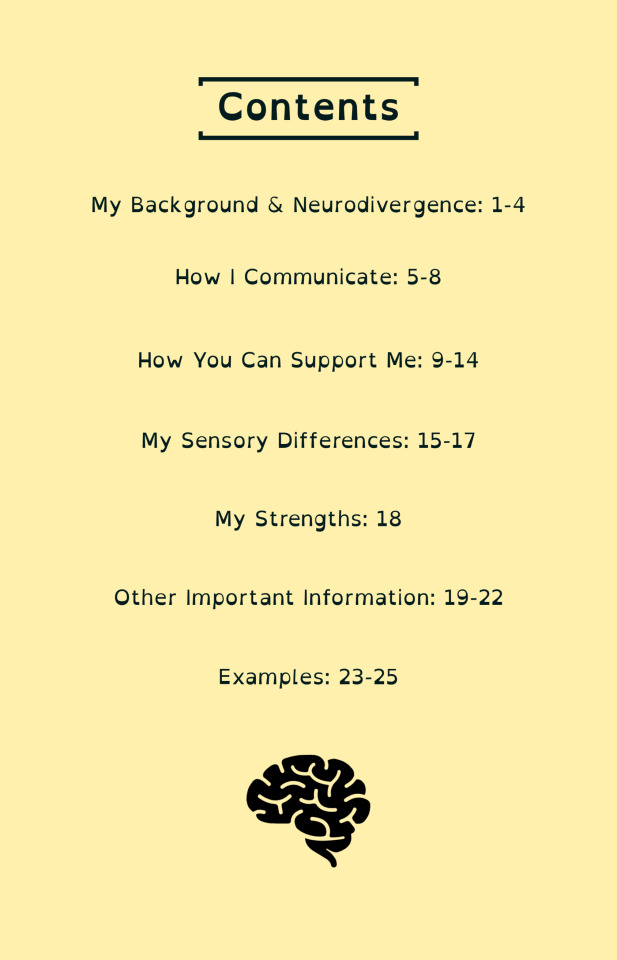
#neurodiversity#neurodiverse stuff#neurodivergent#neurodivergence#actually autistic#actually audhd#autism#audhd#adhd#dyspraxia#disability#disabilties#neurodevelopmental#intellectual disability#communication disorder#stuttering#asd#motor disorders#dcd#actually dyspraxic#dyspraxic#tics#tourettes#splds#dyslexia#dyscalculia#dysgraphia#fasd
3K notes
·
View notes
Text

very true haku22222
188 notes
·
View notes
Text
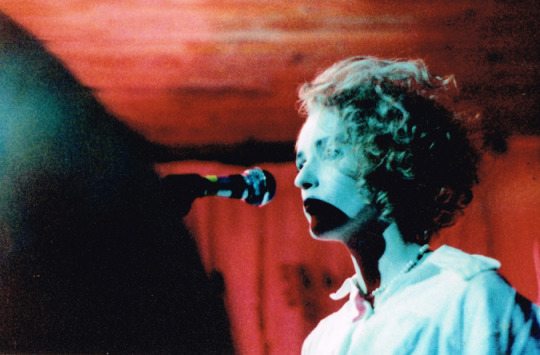

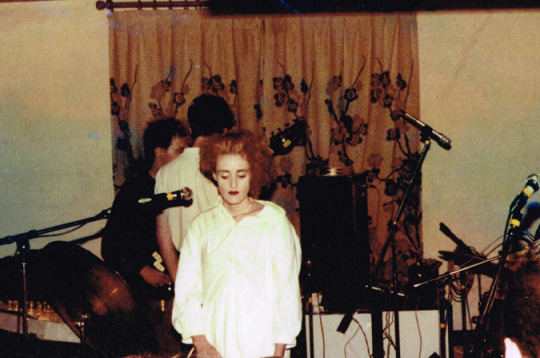
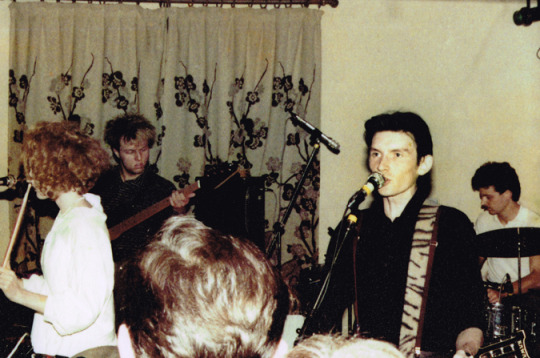


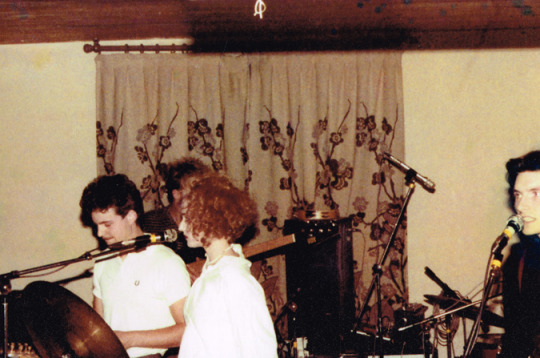

Dead Can Dance in La Mèche Bleue, an old nightclub in Saint-Brandan, North West France. June, 1984.
Photos: Frédéric Detrézien
725 notes
·
View notes
Text

fem trick
#fall out boy#fob#patrick stump#fall out girl#girl out boy#fob art#fob fan art#fall out boy fanart#fall out boy art#emo quartet#emo trinity#bandom#2000s emo#emo#dcd#dcd2#decaydance#my art
275 notes
·
View notes
Text
rag-tag dnd team!



no clue what dicey dungons is. But! Pluto posted sm fanart of these goobers and i couldn't resist drawing them!!
[The art below belongs to @plutosoda! If u like their stuff, check em out ^v°]
#art#artist#sketch#illustration#doodle#fanart#ibispaintx#dicey dungeons#dnd#dnd art#dnd character#pluto soda#goofy goober#idk#idk what else to tag#dcd
39 notes
·
View notes
Text
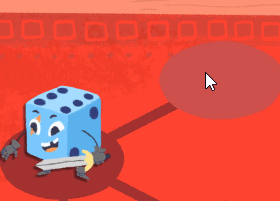

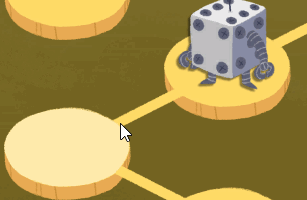



look!!! theyre scampering!!
111 notes
·
View notes
Text

BRO WHAT IS MY BROTHER DOING
@some-awtter
38 notes
·
View notes
Text

happy birthday to mister womanizer fancam here's how the charm i wanna make of him will look like
354 notes
·
View notes
Text

Infinity on High album ad in Kerrang issue 1144
#dcd#dcd scans#decaydance#fbr#fueled by ramen#magazine#fall out boy#fob#infinity on high#ioh#ad#Kerrang#Kerrang issue 1144#2007
24 notes
·
View notes
Text



halloween costume designs i had since october but i havent actually colored them until .today for no reason
65 notes
·
View notes
Text

My piece for the @ensquare-events Spring Festival Zine! I had tons of fun, be sure to check it out!
31 notes
·
View notes
Text

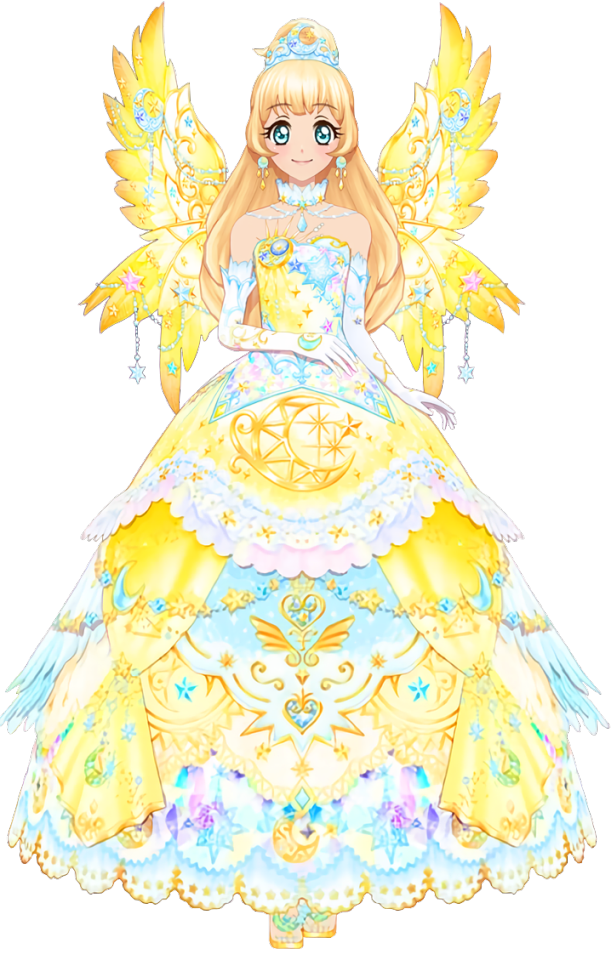

Eternal Smile Coord
Eternal Princess Coord
Eternal Heart Coord
#aikatsu#aikatsu stars#aistars#nikaido yuzu#shiratori hime#futaba aria#shiny smile#eternal smile coord#my little heart#eternal heart coord#eternal princess coord#dcd#datacardass#fullbody#yuzu#hime#spr#aria#sun dress#moon dress
112 notes
·
View notes
Text
"No I didn't really present signs of *insert neurodiversity type* as a kid" Chain!
Mine (AuDHD):
Spinning all the time
Biting cheeks
Zoning out
Losing things
Taking things literally
"Couldn't take a joke"
Getting told to "stop using that tone"
"Obsessions" with things
Being labeled "weird"
Escapism through reading
"Stop crying or I'll give you something to cry for"
Chewing hair
Tapping foot/fingers
Touching cold things (sensory seeking)
Not understanding sarcasm
Hating certain noises
Impulsive
Wanting a schedule but couldn't follow it
Bad at making friends who didn't share my intrests
Reblog/comment yours with the type of neurodiversity you have!
#actually neurodiverse#nuerodivergent#actually neurodivergent#its the neurodivergency#neurodivergencies#neurodivergency#neurodivergent#neurodiverse#neurodiverse stuff#neurodiversesquad#neurodiversity#neurospicy#adhd#autism#dyslexia#ocd#dyscalculia#dcd#dyspraxia#audhd#hyperlexia#schizophrenia#different brains are beautiful
369 notes
·
View notes
Text
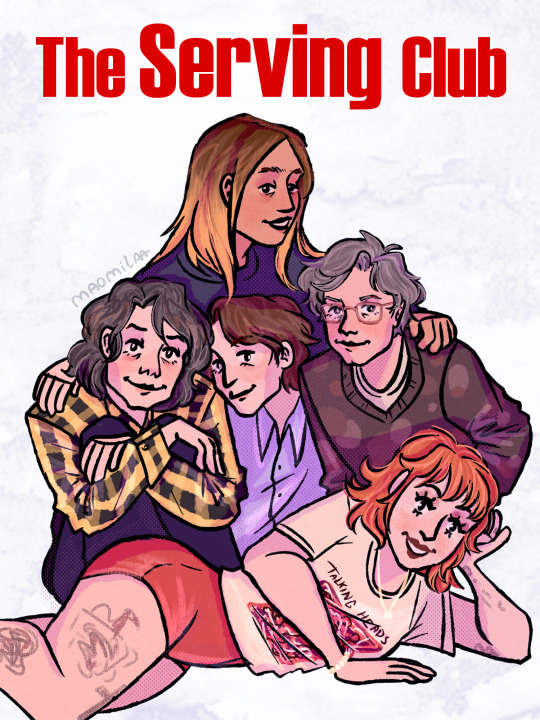
the breakfast club redraw :P
#pete wentz#gerard way#dallon weekes#william beckett#hayley williams#mcr#fob#tai#idkhow#paramore#the academy is#fall out boy#i dont know how but they found me#my chemical romance#fob art#bandom#dcd#2000s emo#emo trinity#emo quartet#my art#mcr art#paramore art#idkhbtfm#fob fanart
317 notes
·
View notes